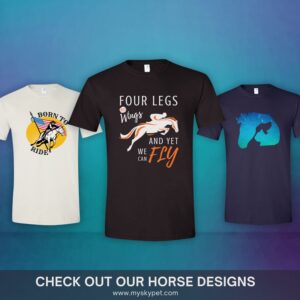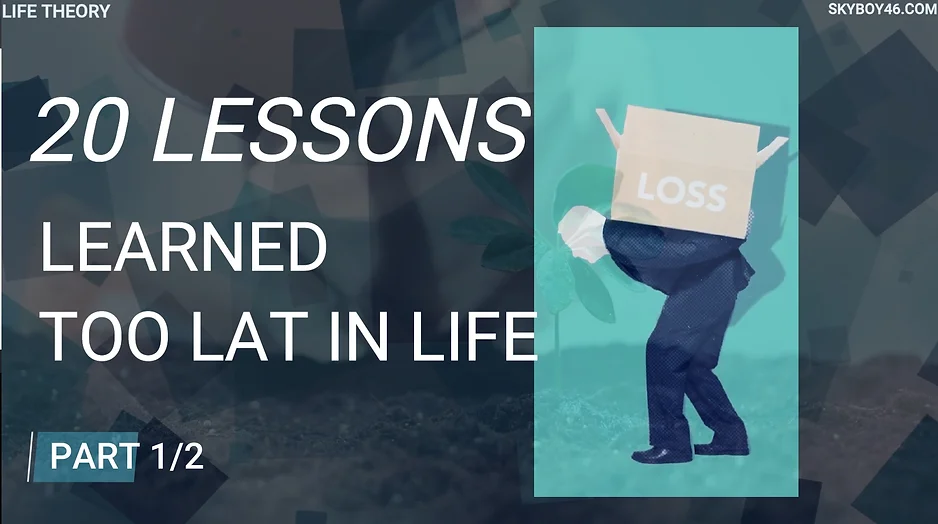Don’t Want To Read?
Watch/Listen To The Full Video on YouTube
What if the secret to feeling better, thinking clearer, and reconnecting with yourself was something as simple as running? Our ancestors didn’t just walk; they endured—chasing prey for survival, shaping human evolution itself. Modern life may have distanced us from this primal need, but the instinct remains, waiting to be rediscovered. Maybe the answer to restlessness isn’t slowing down but tapping into the movement we were built for.
SUBSCRIBE: https://www.youtube.com/@LifeTheory46
Running Back to Our Roots – Life Stories 310
Forget the deep breaths and stretching for now; let’s dive straight into what our biology has been trying to tell us all along. When life feels overwhelming, when our place in the world seems lost, and when we struggle to quiet the noise, maybe the solution lies in something as simple as running. Yes, running—because we were born for it. The truth is, evolution has shaped our bodies not just to walk or climb but to run across open landscapes. The origins of this need to move go far back, linking our survival directly to our ability to run.
Around two million years ago, our ancestors began evolving away from the trees and into the vast open plains. Unlike many other species that were faster or stronger, we developed something else: the ability to endure. The fossil record suggests that as species died out and adapted to survive, a unique transformation occurred that set humans apart. We became distance runners. This wasn’t just about speed; it was about outlasting prey, covering ground over time, and wearing down the animals we hunted.
Biology doesn’t make progress without trial and error. Cells often stumble, yet they also get it right, crafting beings capable of adapting in surprising ways. Take codfish, for instance. Deep in the Arctic Ocean’s freezing waters, temperatures plummet below zero, enough to turn most fish into blocks of ice. Yet codfish survive by producing a unique protein that binds to the tiny ice crystals in their bodies, stopping them from expanding. This isn’t a quirk; it’s an evolved response—a biological adaptation formed over countless generations to thrive in a deadly environment.
Biologist Heli Balthrud and her team uncovered that these “antifreeze” proteins didn’t evolve from existing genes but rather emerged entirely from scratch. This discovery shifted the understanding of evolution, revealing that entirely new genes can arise from seemingly nothing, a process known as de novo gene evolution. It’s a lesson in biology’s ability to create solutions against the odds, just as it once turned our ancestors from tree-dwellers into endurance runners.
This brings us to a controversial but compelling theory from biologist Dennis Bramble, who believes running isn’t a mere by-product of human evolution; it was the catalyst. Conventional wisdom suggests that our distinctive upright posture and long legs evolved primarily to improve walking, with running as a fortunate side effect. But Bramble flips the script, arguing that the evolution of running capabilities came first, shaping us in profound ways.
His research delves into the changes in early hominids like Homo erectus, who appeared roughly 1.8 million years ago. Fossils show that adaptations emerged which only make sense for distance running: spring-like tendons, such as the Achilles, evolved to store energy and reduce the metabolic cost of movement, while longer legs allowed for greater stride length. Even our facial structure—a flatter face, smaller nose, and reduced teeth—shifts the body’s center of mass, aiding in balance during a run. Our broad shoulders, narrow waist, and large lower-body joints all point towards running as a fundamental trait rather than an incidental one.
Before us, there were australopithecines—ancient hominids who could walk on two legs but didn’t share the same running capabilities. The key difference lay in the lack of features like the Achilles tendon or arched feet. But when evolution introduced these changes, it wasn’t to help us stroll casually through life; it was to give us the endurance needed to pursue prey across harsh terrains, securing the protein required for our developing brains.
Think about it: in those ancient landscapes, we weren’t the fastest hunters, but we were relentless. As predators dashed ahead, we would chase them, driving them to exhaustion over time. Our capacity to run down prey became one of the most significant shifts in human evolution, giving us the upper hand in a world filled with predators faster and stronger than we were.
Now, fast forward to today. Our modern lives couldn’t be further removed from the wilds where our ancestors ran for survival. We’ve traded open plains for concrete jungles, and rather than hunting, we’re chasing deadlines and sitting behind desks. The energy our bodies still possess doesn’t simply vanish—it needs an outlet, and without one, it becomes pent-up frustration, restlessness, and a nagging sense of discontent. That’s the catch: we aren’t designed to be sedentary. Our very essence rebels against it.
Running is more than exercise; it’s an act of returning to something primal, a way to realign with what our biology demands. While it may not solve all your problems, there’s no denying it can make a big difference. When your mind is cluttered and life feels stuck, just moving—whether it’s for ten minutes today or five minutes tomorrow—can help release that trapped energy and refocus the mind.
So, if you’ve ever said, “I’m not a runner,” think again. You are—every human is. Running courses through our history, woven into the very evolution that made us who we are. It’s not about distance or speed; it’s about embracing the simple truth that we were built for this. And whether it’s the steady rhythm of a jog or the adrenaline of a sprint, you’re honoring a legacy millions of years in the making.
The beauty of biology lies in its ability to adapt, even if it doesn’t always get it right. But when it does, as it did with our capacity to run, it’s a testament to nature’s incredible precision. So, lace up and step out, reconnecting with a side of yourself that’s been waiting to be set free.
–> Read More Life Stories Here:
https://www.lifetheory.us
https://www.lifetheory.eu
Buy all of our Life Stories & Our Premium Learning Packs. Listen or Read to them anytime you want. Have them Forever.
You can get each monthly lesson on our website at https://www.skyboy46.com/store
SHARE THIS STORY
Visit Our Store
SHOP NOW
www.skyboy46.com & www.myskypet.com
Designed For Pet Lovers & Introverted Souls
Sport, Hobbies, Motivation, Music & Art






~EXPLORE MORE~
www.linktr.ee/skyboy46


